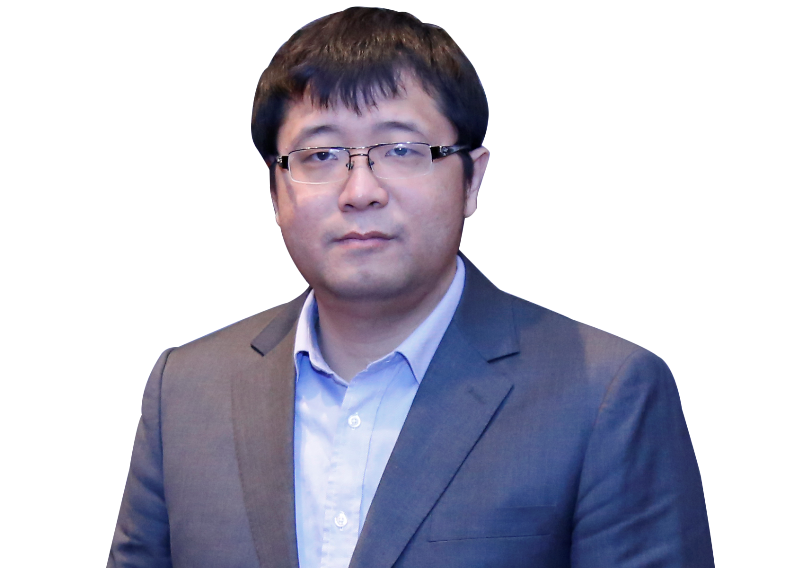Artificial intelligence & robotics
Cewu Lu
Building the foundation for computer vision, his breakthrough research findings achieve deeper-level visual semantic understanding

China
Bing Xu
Supported by his algorithms, facial recognition performance surpassed that of humans for the first time

China
Jun Zhu
A bayesian AI researcher off the beaten track

China
Si Wei
An AI company lying low-key for years and a serial innovator

Global
Volodymyr Mnih
The first system to play Atari games as well as a human can.
